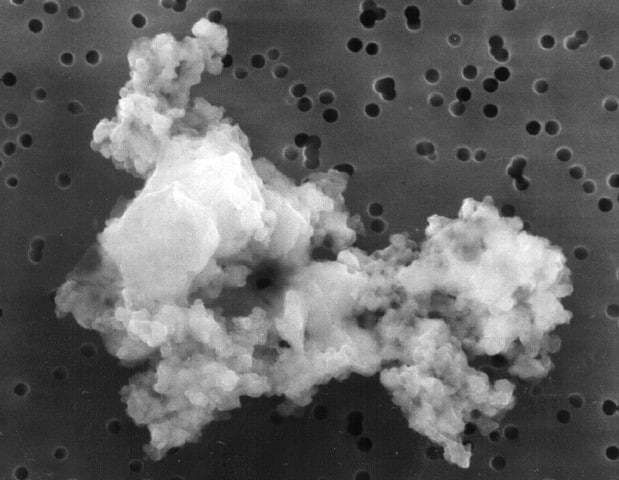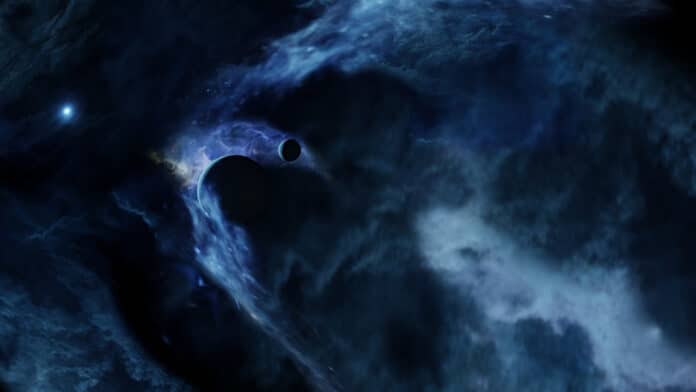Searching for extrasolar biosignatures is important to understand life on Earth and its origin. Astronomical observations of exoplanets may find such signatures, but it is difficult and impossible to claim unambiguous life detection by remote sensing of exoplanet atmospheres.
In a new study, Professor Tomonori Totani from the University of Tokyo‘s Department of Astronomy proposed another approach: space dust could contain direct or indirect signs of life from the hosting world, such as fossils of microorganisms.
Prof. Totani said, “I propose we study well-preserved grains ejected from other worlds for potential signs of life. The search for life outside our solar system typically means a search for signs of communication, which would indicate intelligent life but precludes any pre-technological life. Or the search is for atmospheric signatures that might hint at life, but without direct confirmation, there could always be an explanation that does not require life. However, if there are signs of life in dust grains, not only could we be certain, but we could also find out soon.”
The fundamental hypothesis is that massive asteroid impacts can release earthly material into space. There is a likelihood that some of the rocky material in this ejecta contains recently deceased or perhaps fossilized microbes. This material will come in a wide range of sizes, and different-sized bits will behave differently in space. Some of the larger fragments might re-fall or go into a stable orbit around a nearby planet or star.

Moreover, some far smaller fragments might be too small to contain any observable life. Yet, grains as small as 1 micrometer (one-thousandth of a millimeter) could not only contain a single-celled organism specimen, but they could also possibly leave their host solar system and, given the appropriate circumstances, even travel to other solar systems.
Totani said, “My paper explores this idea using available data on the different aspects of this scenario. The distances and times involved can be vast, and both reduce the chance any ejecta containing life signs from another world could even reach us. Add to that the number of phenomena in space that can destroy small objects due to heat or radiation, and the chances get even lower.”
“Despite that, I calculate around 100,000 such grains could be landing on Earth every year. Given the many unknowns involved, this estimate could be too high or too low, but the means to explore it already exist, so it is a worthwhile pursuit.
“There may be such grains already on Earth and in plentiful amounts. Space dust could be retrieved relatively easily, but discerning extrasolar material from material originating in our solar system is still a complex matter. Yet, there are existing missions that use ultralight substances known as aerogels to trap dust in the hoover in space.”
Totani said, “I hope that researchers in different fields are interested in this idea and start to examine the feasibility of this new search for extrasolar life in more detail.”
Journal Reference:
- Tomonori Totani. “Solid grains ejected from terrestrial exoplanets as a probe of the abundance of life in the Milky Way,” International Journal of Astrobiology. DOI: 10.48550/arXiv.2210.07084
